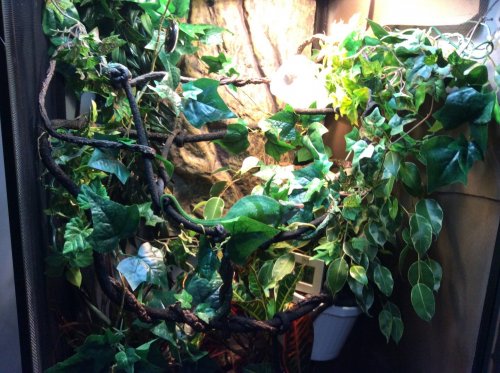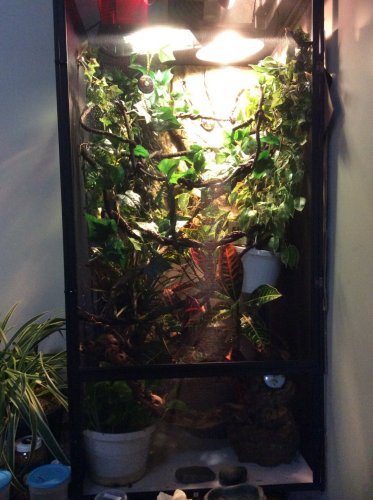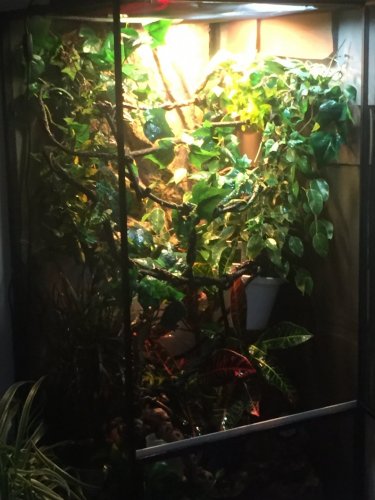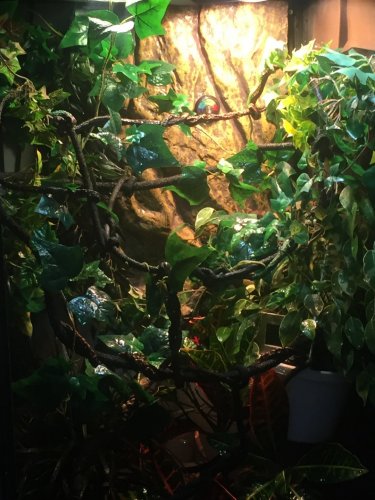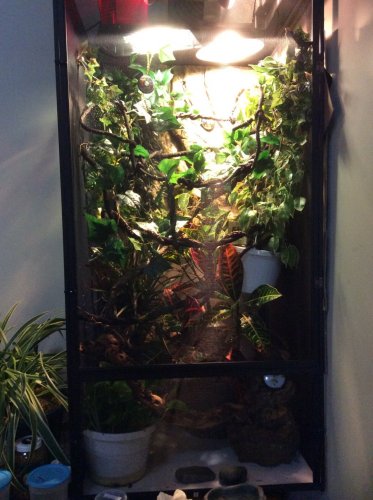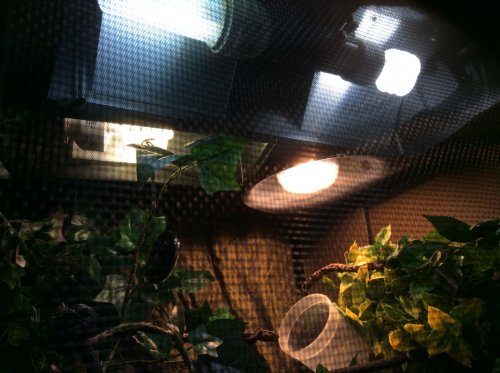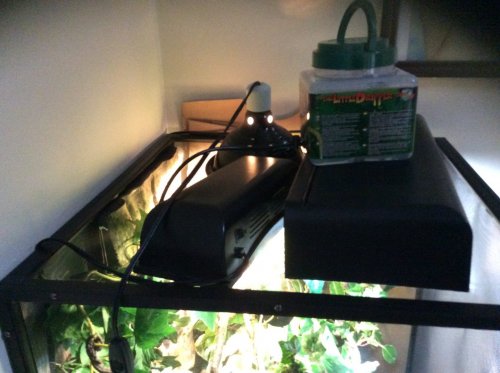Vincentuanluu
Member
Did I do this right and I just got my Ficsher chameleon 6 days ago so he's still exploring but do you guys think he will enjoy this or something needs to be changed?
He's in a large size reptibreeze. Using 3 bulbs and other one just for light produce no heat.
Zoo med basking spot light 150W , 13W natural light exo terra, and 26W reptile uvb 100.
He's in a large size reptibreeze. Using 3 bulbs and other one just for light produce no heat.
Zoo med basking spot light 150W , 13W natural light exo terra, and 26W reptile uvb 100.

